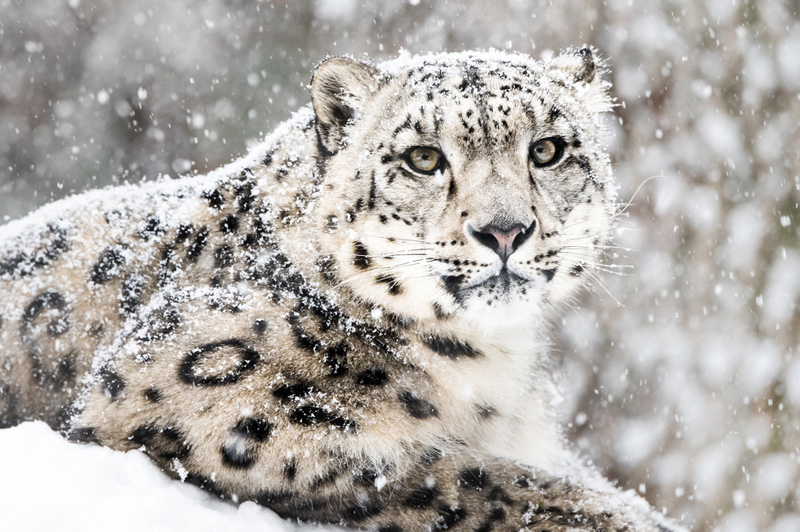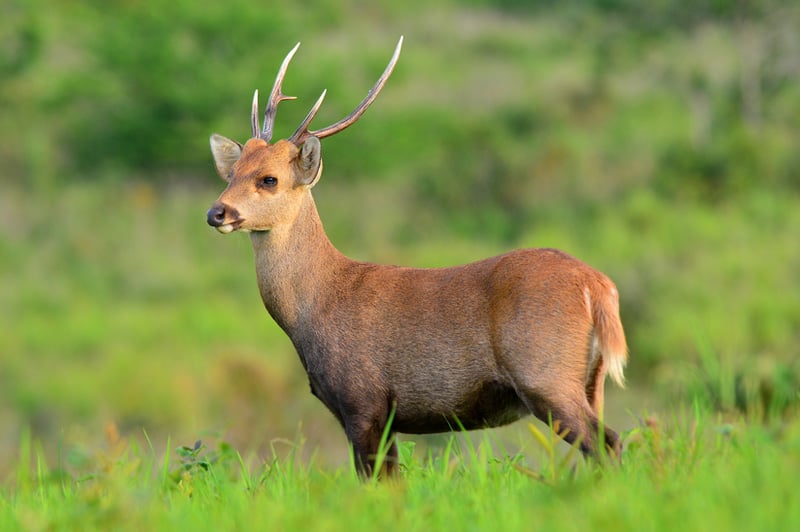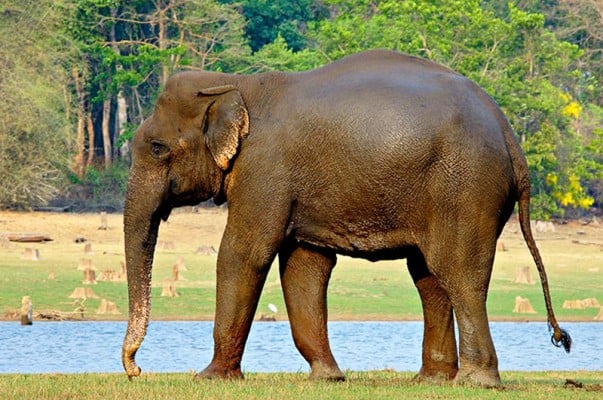
Sitting atop an elephant and looking into the distance through binoculars is just the beginning of the journey into the wild.
Sitting atop an elephant and looking into the distance through binoculars is just the beginning of the journey into the wild. Some of the most underrated wildlife destinations in northeast India have greater lure than travelogues can ever make you realize. Getting a close shot of one-horned Rhinos grazing in the open, Golden Langurs leaping across branches, or a solitary Red Panda waddling about is a proud moment for a traveler. The backdrop of Himalayas, the beauty of a canyon zipping between the cliffs, and that sense of anticipation on entering dense woodlands: all seem to suggest one thing – it’s time you had a waltz with the wild.
#1. Kaziranga National Park, Assam
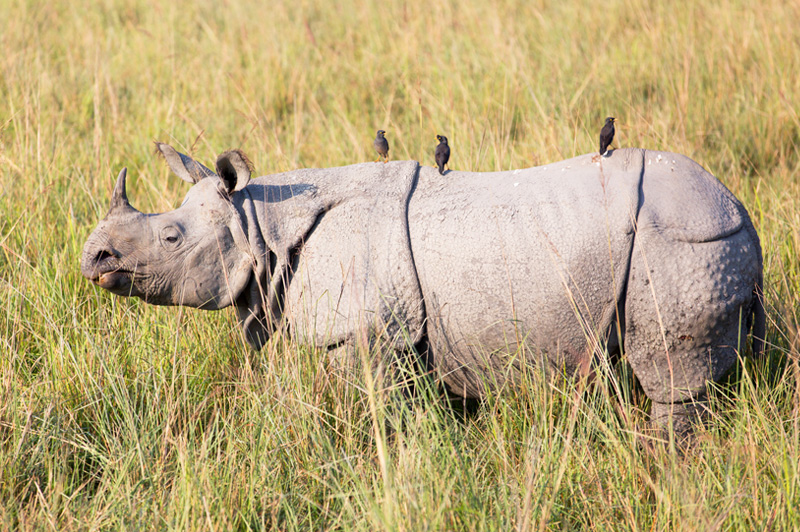
This wildlife sanctuary in Northeast India has the world’s largest population of one-horned rhinoceros
The Kaziranga National Park dons many hats. This wildlife sanctuary in Northeast India has the world’s largest population of one-horned rhinoceros and arguably, has the highest tiger count among all the protected areas in the world. Whether you climb the watchtowers to enjoy the view of the Himalayas or take a jeep safari to spot leopards, panthers, bears, swamp deer, pelicans, and storks, this UNESCO World Heritage Site offers you more than what you can receive at one go. Located about 100 km from the city of Jorhat, this National Park is 430 sq. km. of pure wilderness.
#2. Manas National Park, Assam
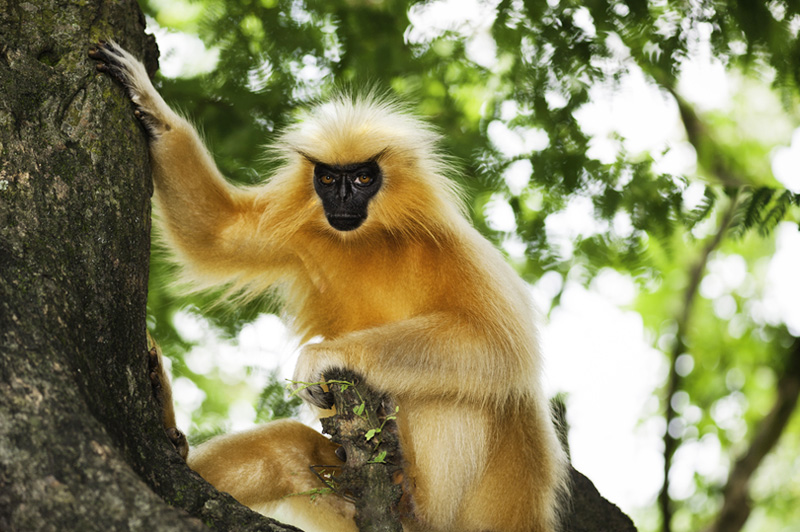
Forested hills of Bhutan in the north, alluvial grasslands in the south, and the River Manas searing through the western part of the park whip up sheer magic.
Forested hills of Bhutan in the north, alluvial grasslands in the south, and the River Manas searing through the western part of the park whip up sheer magic. One of the richest biodiversity areas in the world, Manas National Park shelters 22 threatened species including Clouded Leopard, Assam Roofed Turtle, Golden Langur, and Hispid Hare. Jeep safari is touted as the best way to unlock the potential of this UNESCO World Heritage Site. If exploring aquatic flora is on your mind or the urge to spot Bengal Florican and Hornbills is too dominant, taking a boat ride from Mathanguri is recommended.
#3. Namdapha National Park, Arunachal Pradesh
The easternmost national park in India is also the third largest in the country. The surface calm at the “largest protected area in the eastern Himalaya” belies the dynamism that’s rooted in this place. What draws travelers to Namdapha National Park is the fact that it is the only one in India that has all the four Big Cats – tiger, leopard, clouded leopard, and snow leopard – as its inhabitants. The variations in altitude (200 m to over 4500 m) has blessed the region with evergreen forests, pine forests, alpine meadows, and permafrost zone. It’s one of the few national parks where you can camp and spend nights in the woods.
#4. Balpakram National Park, Meghalaya
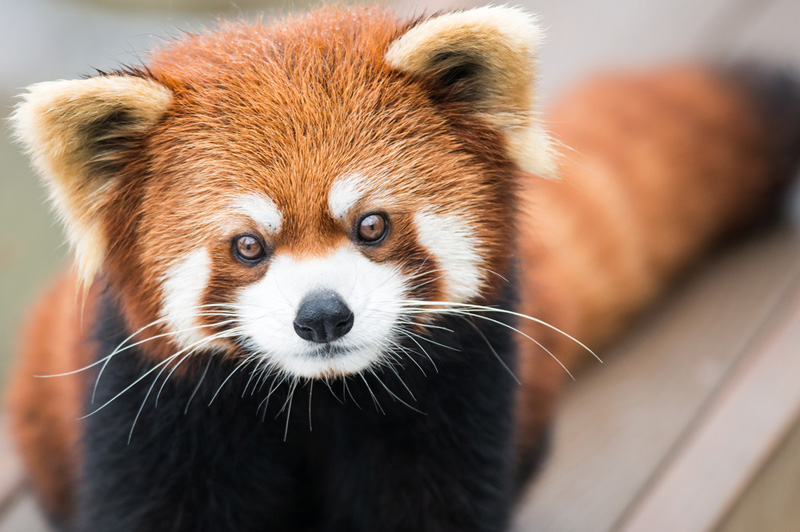
Sacred, unexplored, and mysterious – that’s how a local would describe this national park in southeast Meghalaya.
Sacred, unexplored, and mysterious – that’s how a local would describe this national park in southeast Meghalaya. Referred to as the ‘Land of Perpetual Winds’, Balpakram has uniqueness spread all over its area of 220 sq. km. The experience of spotting Red Panda, Marbled Cat, Slow Loris, and Barking Dear is further augmented when you enjoy an unhindered view of the Garo Hills, the canyon inside the park, and the dense woodlands. A specific site inside the national park surprises you deeply as footprints of all the animal inhabitants are found here.
#5. Keibul Lamjao National Park, Manipur
The only floating park in the world is rare just like its famous inhabitant – Brow-antlered Deer (or Sangai). This beautiful and endangered deer is the state animal of Manipur. The deeper you go into the semi–evergreen forests, the closer you get to spotting Common Otter, Hog Deer, Large Indian Civet Cat, and Wild Boar. Birds play the Pied Piper as they draw you toward them with their melody. A seasoned traveler would never forget to take a boat ride in Loktak Lake and admire the colorful water plants. This National Park is around 50 km from Imphal.
#6. Murlen National Park, Mizoram
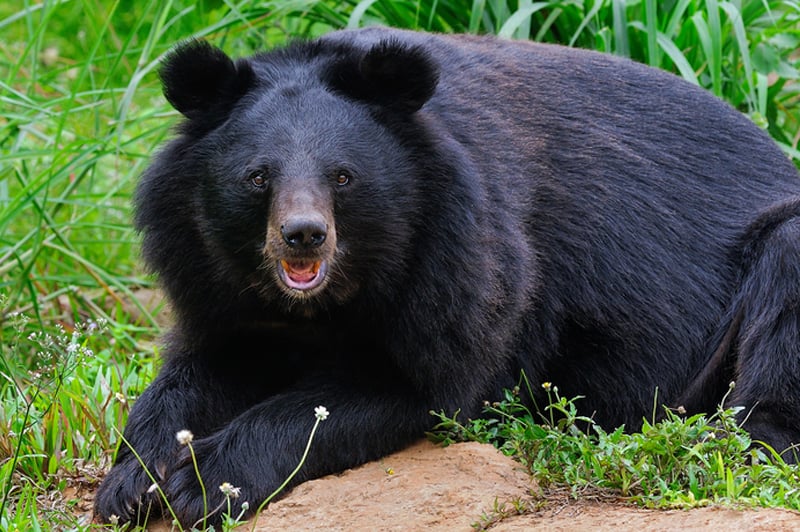
The moment you enter this National Park close to the Indo-Myanmar border, you come across barking deer, black deer.
The moment you enter this National Park close to the Indo-Myanmar border, you come across barking deer, black deer. Allow yourself some time and that moment arrives when you see a tiger, leopard, or a serow from a hand-shaking distance. Himalayan Black Bear, Hoolock Gibbon, and Rhesus macaque are the star attractions in this wildlife destination. Located 245 km from Aizawl – the capital city of Mizoram – this Park stands out by virtue of its collection of birds. Moreover, the forest in the Park is so dense that it is often compared to the Amazon rainforest.
Image Credits:
davidevison, Daniel J Rao, Abeselom Zerit, Butterfly Hunter, Yatra, Claudia Paullusen
